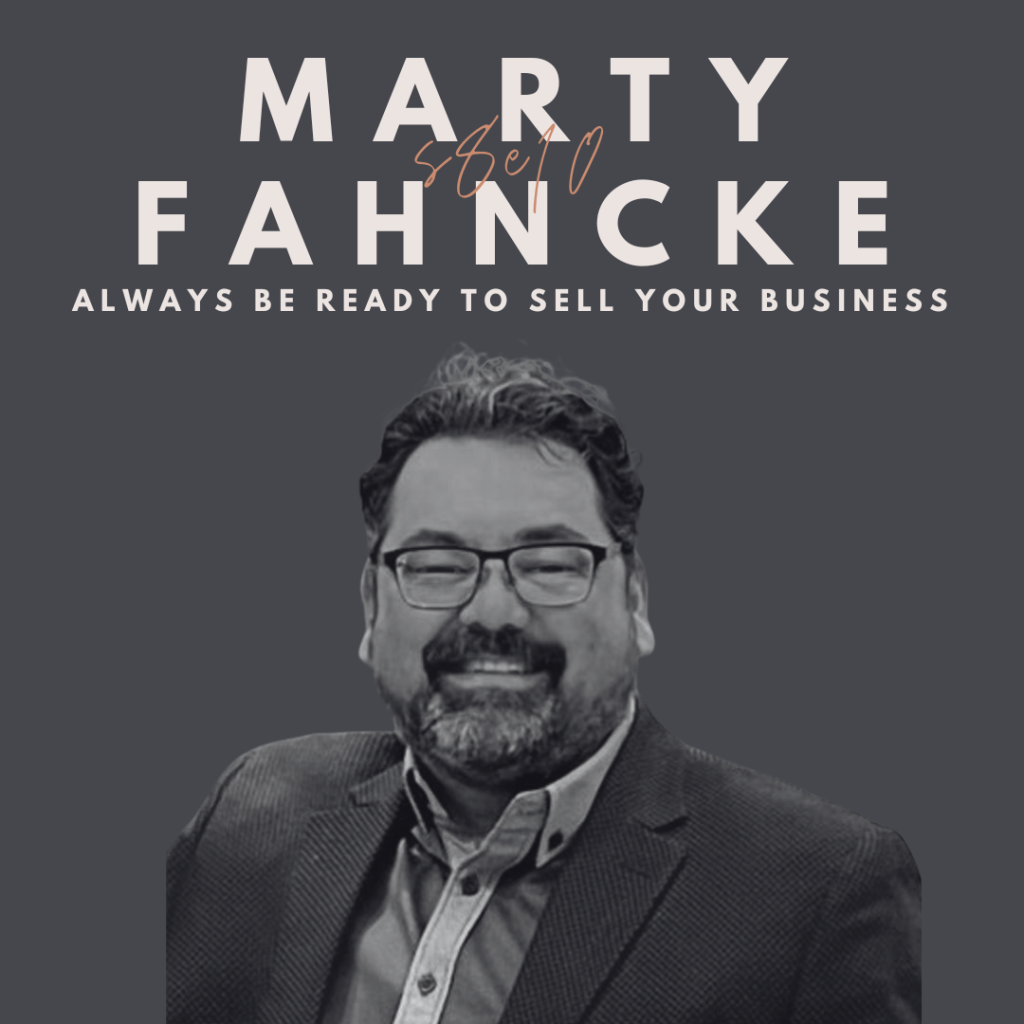Podcast: Play in new window | Download (Duration: 33:52 — 62.0MB)
Many interior design firm owners intend to never sell their business. Even in retirement, they plan to maintain some level of ownership and involvement. Yet, as we all know, stuff happens. Circumstances may arise that require selling the business. Or, as that once-distant retirement looms closer, disengaging from the business starts to look more attractive. Because you never know when you may need or want to sell your business, you should keep it sell-worthy at all times.
In this episode, Gail talks with financial advisor Marty Fahncke, founding partner with Westbound Road, LLC in Cheyenne, Wyoming. Among other services, his firm specializes in mergers and acquisitions.
Marty has been involved in the sale of several interior design and architecture firms. He explained that unlike other types of businesses that own a sizable amount of tangible assets (e.g., physical inventory, equipment or real estate), with architecture and design firms “their brain power is their asset.” That makes A&D firms harder to value and more complicated to sell. So, it takes longer than most owners expect to find the right buyer for their firm.
When designers do need to sell their business or choose to retire, Marty said, they often do so on short notice. For many, that may mean that they will not receive the amount of money they are hoping for. Ideally, you want to start preparing to sell two to three years in advance. Better yet, he said, “always prepare your business for sale, even if you never plan to sell it.”
Marty mentioned several business practices to have in place to keep the firm sell-worthy:
- Have a succession plan
- Decide what you want to accomplish in your business and when
- Clean up financials (e.g., separating business and personal expenses)
- Budget financials to ensure the business is profitable
- Have replicable systems that someone can easily adopt and employ
- Have a standard operating system and document all policies and procedures
- Remove yourself from the business (i.e., don’t use your name as the name of the business, don’t be the only one who can bring in new business)
Gail and Marty also talked about the different ways businesses can be valued, how to select the right professional to help you with selling your business, and what can go wrong when an owner has not properly prepared to sell their business. For those and other insights, listen to the entire podcast.
If you’re listening to this episode on your favorite podcast platform, read the full shownotes here: https://thepearlcollective.com/s8e10-shownotes
Mentioned in This Podcast
For more information about Marty and his firm, go to the company’s website at www.westboundroad.com.
Gail referred to EBIDA (earnings before interest, depreciation and amortization), which is a measure of a company’s earnings. Marty mentioned SDE (sellers discretionary earnings) as another commonly used method for valuing a small business.
Marty also mentioned EOS (Entrepreneurial Operating System). It is a set of concepts and tools to help entrepreneurs get better control of their businesses and achieve their business goals. For more information, go to the EOS Worldwide website at www.eosworldwide.com.
If you missed it, hear Patti Julber tell her story of selling her design business in another episode from this season.
